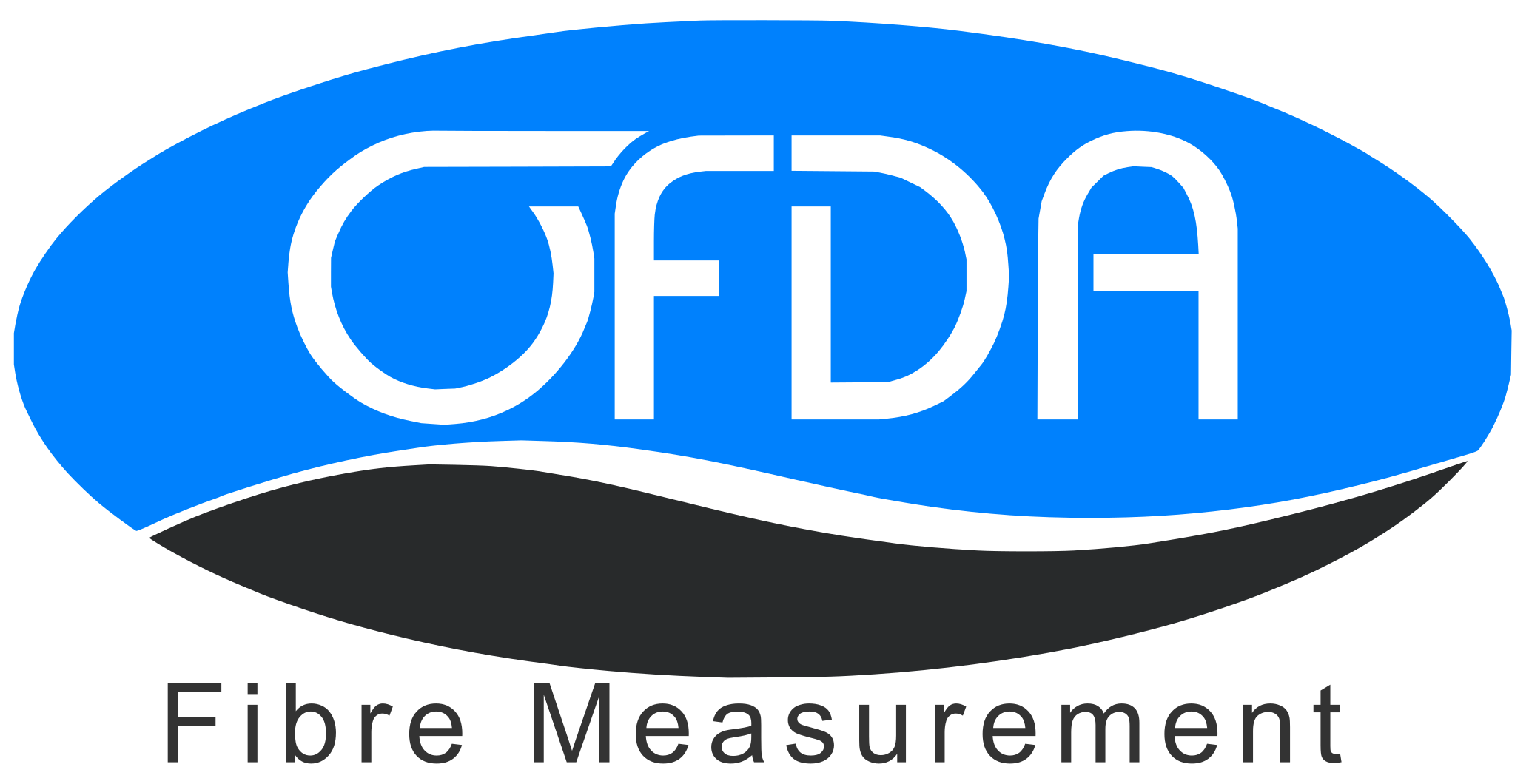Fibre Quality Starts with Optical-Based Measurement
- Thomas Hegerty
- May 30
- 3 min read
Updated: Sep 24
When it comes to textile production, one factor underpins every stage of the supply chain—from fibre sourcing to final product: accurate measurement. While many associate fibre testing with diameter, Robotic Vision’s Optical-based Fibre Diameter Analyser (OFDA) technology goes far beyond. Precision is no longer a luxury—it's a necessity, especially in a fast-moving textile market driven by sustainability, efficiency, and innovation.
In this article, we’ll break down the importance of accurate measurement in fibre analysis, why it’s essential for wool and other natural or synthetic fibres, and how OFDA continues to set the benchmark in delivering data you can trust.
Why Accurate Measurement Matters in Fibre Testing
Accurate measurement provides objective, reproducible data on fibre properties. This ensures that every batch of wool, mohair, or hemp meets quality specifications, maintains consistency and reduces waste. Inaccuracies—even slight ones—can cause ripple effects through the manufacturing process, resulting in lower yield, customer dissatisfaction, and increased costs.
Key benefits of accurate fibre measurement include:
Improved Yarn Quality: Reliable diameter and length measurements support stronger, more uniform yarns.
Process Optimisation: Real-time fibre data improves blending, carding and spinning decisions.
Quality Control: Objective measurements reduce reliance on subjective visual inspections.
Market Trust: Accurate test results help build long-term credibility with clients and buyers.
Introducing the Optical-Based Fibre Diameter Analyser (OFDA)
Robotic Vision’s OFDA systems were developed to bring lab-level precision to real-world environments like farms, mills, and factories. At the heart of the technology is optical image analysis, where high-resolution images of fibres are captured and analysed using sophisticated algorithms.
While the name highlights fibre diameter, the OFDA delivers more than just that—it offers multi-dimensional accurate measurement across various fibre attributes.
How OFDA Achieves Accurate Measurement
1. High-Resolution Optical Imaging
OFDA systems use microscopic lenses and light sources to photograph thousands of fibre snippets. The clarity of these images allows the software to measure attributes such as:
Fibre diameter (micron)
Fibre length
Curvature
Medullation
Diameter distribution
Each fibre is measured independently and then statistically analysed, providing a comprehensive picture of the sample.
2. Advanced Software Algorithms
The power of OFDA lies in its software, which translates images into numerical data. It provides a range of statistical outputs including:
Mean diameter
Standard deviation
Coefficient of variation (CV%)
Histogram distribution
This detailed insight helps manufacturers fine-tune production parameters and predict performance outcomes.
3. Fast and Repeatable Results
Unlike older methods that require long preparation and testing times, OFDA systems like the OFDA2000 and OFDA4000 deliver results in under a minute. This allows rapid decision-making without compromising on accuracy.
Applications of Accurate Measurement Across the Textile Industry
Accurate measurement is crucial not just for wool, but for a wide variety of fibres used in modern textiles. Let’s look at a few examples:
Wool and Merino
Diameter directly affects softness and price. OFDA provides micron-accurate testing to classify fleece grades.
Length and curvature affect spinning performance and drape.
Hemp and Flax
Accurate length measurement ensures better blending and yarn strength.
Uniform fibre size improves efficiency in non-woven textile manufacturing.
Mohair and Alpaca
Luxury fibres require precise diameter control to meet customer expectations.
OFDA identifies coarse fibres that cause scratchiness or inconsistency.
Recycled Fibres (e.g., PET, rPET)
Recycled fibres vary widely in quality. OFDA ensures batches meet minimum processing standards through accurate length and diameter measurement.
The Competitive Advantage of Accurate Measurement
In today’s competitive textile landscape, small differences in fibre quality can determine a brand’s success. Customers expect soft, durable, and sustainable fabrics. By investing in accurate measurement, producers can:
Ensure repeatable product quality
Minimise material waste and production downtime
Offer data-backed fibre specifications to demanding buyers
Support sustainability goals through better fibre utilisation
Ultimately, accurate measurement builds trust—with customers, supply chain partners, and even regulators.
Ready to Upgrade Your Fibre Analysis?
Experience the power of accurate measurement with OFDA. Contact Robotic Vision today to learn how our Optical-based Fibre Diameter Analysers can transform your quality control process and enhance your competitive edge.





Comments